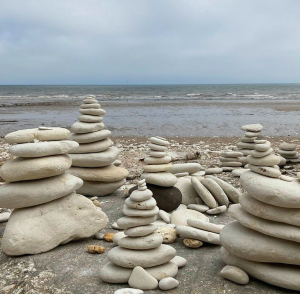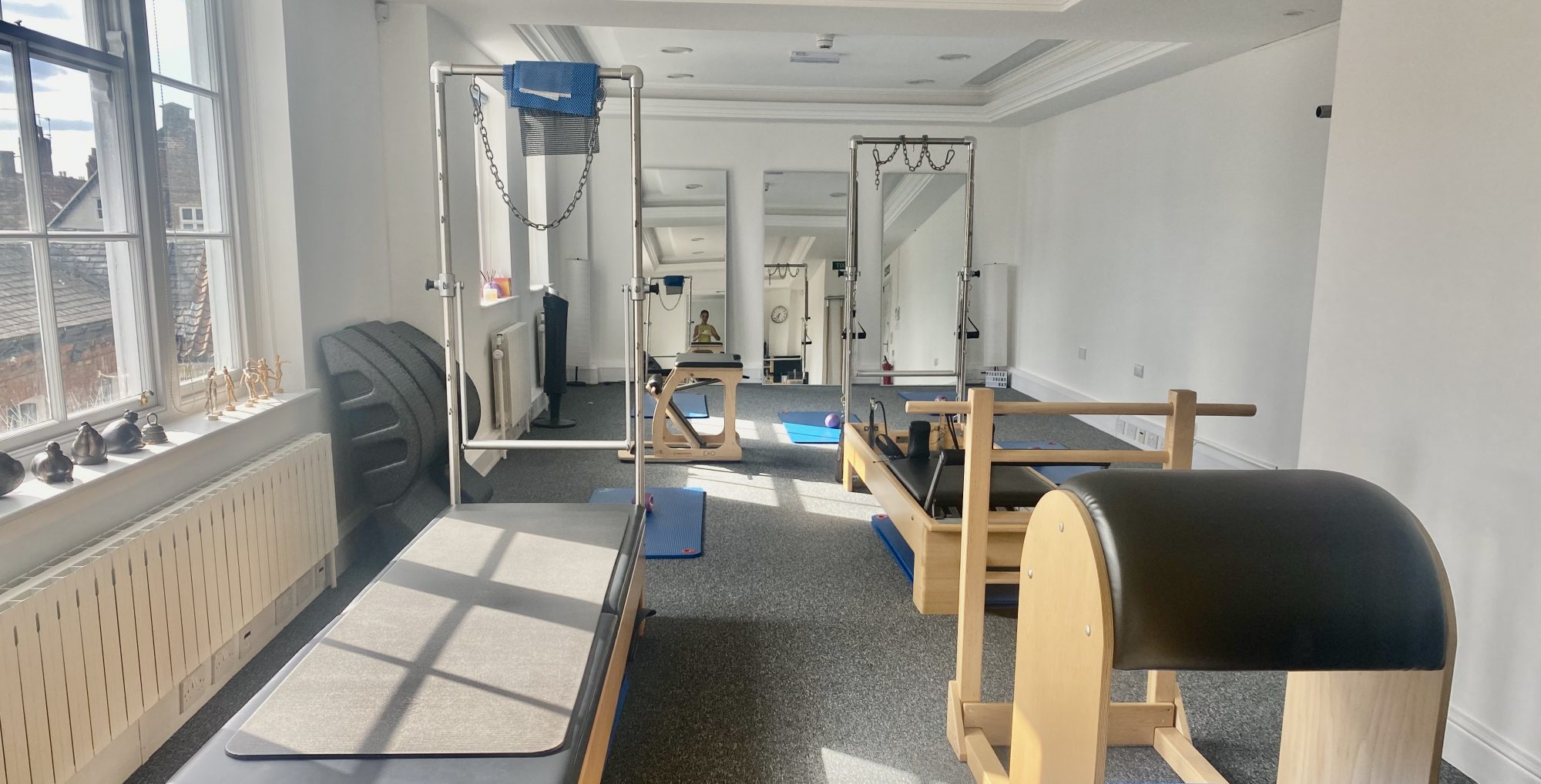We re ad a lot about ‘the core’ in the media, in social media sites and fitness blogs. Yes, sure, for bodyworkers like myself it is a convenient shorthand to describe a particular muscle function but it is really time to bust the myth of ‘the core’. As human beings, we are not supposed to be walking around bracing, pulling in our stomachs and squeezing our pelvic floors! It’s just not a functional or comfortable way of using our bodies. I know, if you have been to any exercise class you will have heard the advice to hold your stomach in while you exercise, and, hands up, I have been the person saying this in the past, back in the olden days when I was an aerobics instructor. The problem is, we can be pulling in our belly muscles too strongly and teaching our body to override the natural reaction of our stabilising muscles. All sorts of problems can result from this, from displacement of the pelvis to problems with the gut and breathing.
ad a lot about ‘the core’ in the media, in social media sites and fitness blogs. Yes, sure, for bodyworkers like myself it is a convenient shorthand to describe a particular muscle function but it is really time to bust the myth of ‘the core’. As human beings, we are not supposed to be walking around bracing, pulling in our stomachs and squeezing our pelvic floors! It’s just not a functional or comfortable way of using our bodies. I know, if you have been to any exercise class you will have heard the advice to hold your stomach in while you exercise, and, hands up, I have been the person saying this in the past, back in the olden days when I was an aerobics instructor. The problem is, we can be pulling in our belly muscles too strongly and teaching our body to override the natural reaction of our stabilising muscles. All sorts of problems can result from this, from displacement of the pelvis to problems with the gut and breathing.
So what do we do to get our deep stabilising muscles functioning well? I spend a lot of time explaining the role of these muscles to my Pilates students. These are the muscles situated close to our joints, mostly they cross over just one joint whereas our bigger articulating muscles typically cross two joints. Stabilisers have the role of giving some firmness and solidity to our skeleton so we don’t collapse every time we move a limb. If your spinal muscles are not able to stabilise you, this collapse is more or less what happens to your spinal column over time. But here’s the thing: the body has an inbuilt way of creating stability in the system, it’s very clever and we do it all the time: breathing. In case you didn’t know, the Pilates way of movement is not about squeezing the stomach in and tensing the muscles, Pilates moves are based on learning good alignment of the skeleton and joints combined with good breathing technique. The rest follows on. Your belly muscles, buttock muscles and shoulder blades need to be ready to receive the forces that life throws at you.
When we breath the deep abdominal muscles naturally contract, being part of the fascial web containing the diaphragm. With an outward breath, the pelvic floor naturally contracts and there is more space for the shoulder blades to lower, giving freedom to your neck. How do you breath? Imagine you have a rubber band around the mid chest (women, it’s where your bra band is). Sit upright on a chair with feet square on the floor. Be relaxed! Without raising the shoulders expand the ribcage so you lightly stretch the rubber band. Inhale and expand widthways into your back. Each time you exhale, imagine you are growing taller. Breath, not squeezing, is the foundation of Pilates.
